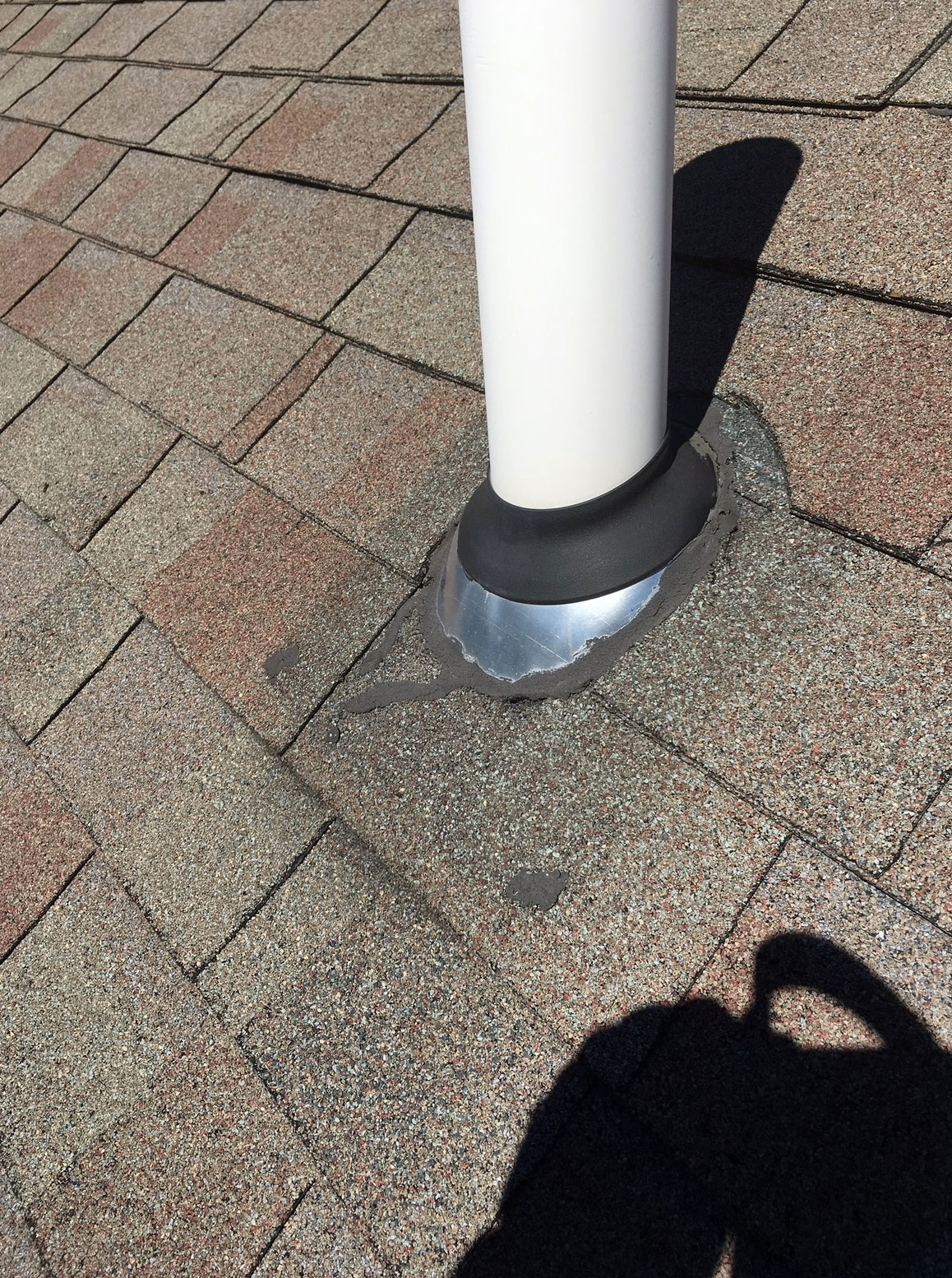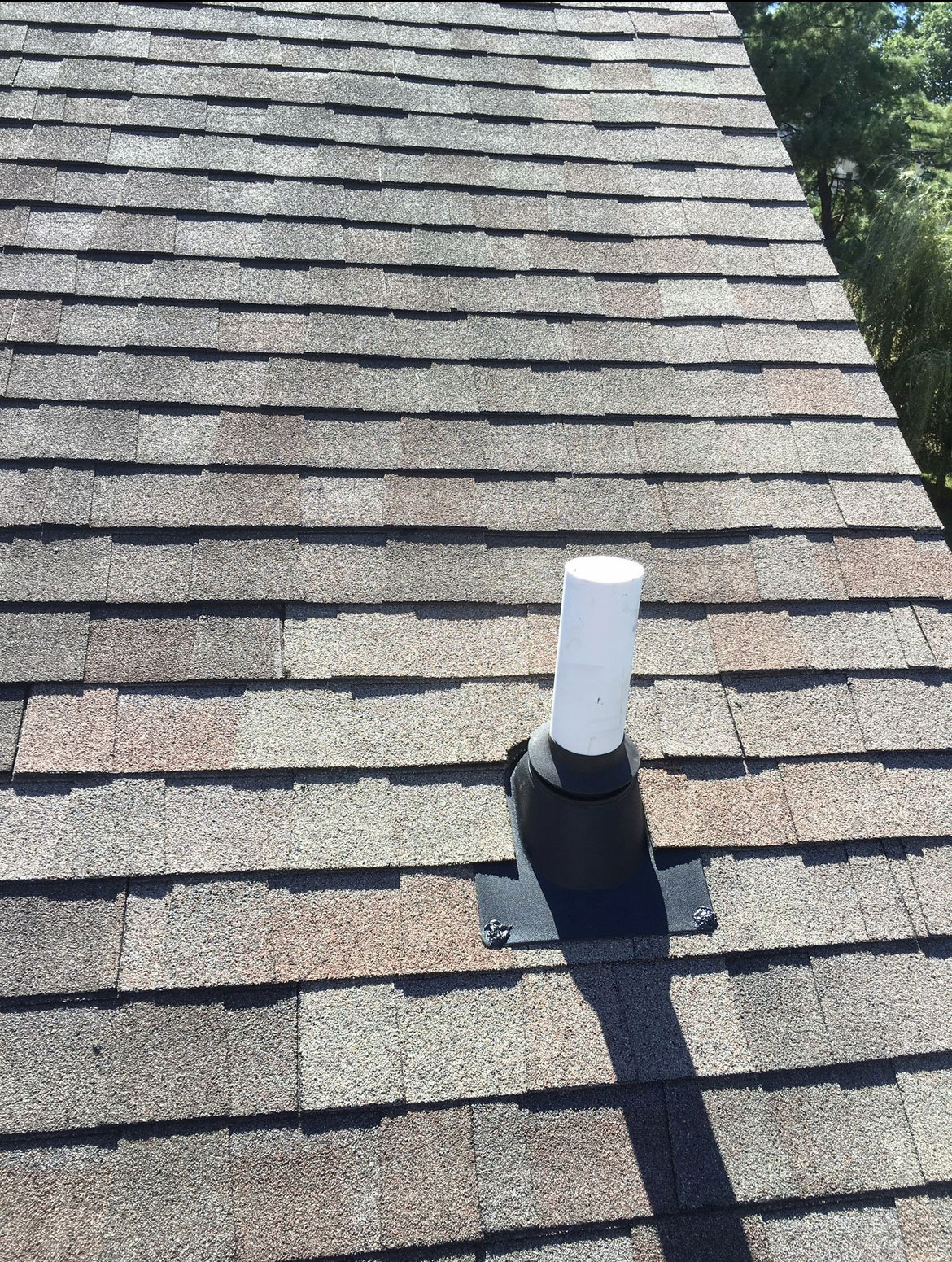Introduction
UPDATE: I’ve written another article about a similar story here.
Roof flashing is like the seal between an appliance and its cabinet. It keeps you safe from leaks, but it’s difficult to replace. That’s why it’s so important to repair your flashing correctly—and avoid these common mistakes:
Don’t trust that crappy flashing.
If you’re having trouble with leaking roof flashing, don’t trust that the flashing is in good condition. It might be time to replace it!
If your roof has been leaking for a while and you’ve tried everything else on this list without success, then maybe it’s time to start considering replacing your old flashing. Make sure that it isn’t just dirty or damaged–if so, clean it off and check for leaks again (see below). If there’s no damage to the existing flashing and you still have problems with leaks after cleaning it up as best as possible, then it’s time to give us a call to do a proper leak inspection.
What is the right caulk?
The first thing to consider when repairing leaking roof flashing is the type of caulking you use. If you’re repairing a metal roof, for example, it’s best to use a metal-compatible caulk. The same goes for wood roofs: if you’re working with wood and want your repair job to last long enough for you not to have another one any time soon (or ever), make sure that whatever material is used in repairing leaks has been tested specifically on those types of surfaces.
Don’t use too much caulk.
When repairing leaky roof flashing, it’s important to use the right amount of caulk. Too much caulk can cause more problems than it solves.
Over-caulking can create a barrier between your home and its environment, which can lead to mold growth inside your walls and ceilings. If you’re going to use caulk around vents or pipes, be sure that there isn’t too much material between them–this way they’ll still be able to function properly when they’re operating normally (and also so that they don’t get clogged).
Don’t forget to check the vent pipe flashing, too.
Before you begin, you’ll want to check the vent pipe flashing. Read on to see our vent pipe leak Case Study below. This is the piece of metal that covers the top of your chimney or other venting pipes. It’s very important that this piece isn’t damaged or missing so that water doesn’t leak inside your home when it rains, causing damage and mold growth.
If you notice any damage or leaks here, then it’s time for repairs!
You can prevent roof leaks by properly repairing flashing, using the right materials and not over-caulking
- Use the right materials. Many flashing repair kits are available, but they all have one thing in common: they use metal-to-metal adhesives to bond the new flashing to the old. These adhesives work well in most conditions and can withstand high temperatures and moisture levels. Consider using silicone instead of metal adhesives because it won’t corrode or deteriorate over time–it also has better UV resistance than other types of caulks so that it won’t yellow over time either.
- Don’t over-caulk. The best way for beginners (and experienced contractors alike) who want their repair jobs done quickly without having any issues down the road is by simply making sure there aren’t any gaps between where two pieces meet together after installation; this ensures there isn’t any room left behind which could allow water infiltration later on down line once everything settles into place correctly again after being disturbed during installation process itself.
Case Study
In this particular project, we encountered a situation where a contractor had informed the customer that the vent pipe flashing had been repaired. However, upon closer inspection, it became apparent that the contractor had utilized low-quality caulk for the repair. Furthermore, it was evident that the initial installation of the roof by the previous roofers had not been done correctly, as the bottom shingles covered the bottom of the vent pipe flashing flange. This arrangement led to the accumulation of water and subsequent leakage into the house.
To address these issues effectively, our team took the necessary steps to rectify the situation. We began by removing the old vent pipe flashing, which was inadequate for ensuring proper water drainage. In its place, we installed our state-of-the-art Pro 2 no-leak vent pipe flashing system. This advanced system has been designed to withstand the test of time and guarantee leak-free performance throughout the lifespan of the shingle roof.
Our approach combines expertise, attention to detail, and the use of superior materials to ensure a long-lasting solution. By resolving the incorrect installation and employing our reliable vent pipe flashing system, we provide our customers with the reassurance of a watertight and secure roof.
Conclusion
We hope that this article has given you some insight into how to properly repair leaking roof flashing. As we mentioned at the top, it’s not always a simple task and may require professional help. If you’re unsure whether or not your home needs new flashing or other repairs, contact us today! We’ll be happy to answer any questions and provide an estimate on how much it will cost
- High Wind Damage To Shingles – What To Do - March 1, 2025
- How We Solved a Garage Ceiling Leak - January 28, 2025
- Kick Out Flashing: A Simple Solution for a Water-Free Home - November 29, 2023



In Florida daylight to put the shingle over top of the flashing so the water gets underneath the shingles in Florida you will fall your inspection if you do it the right way